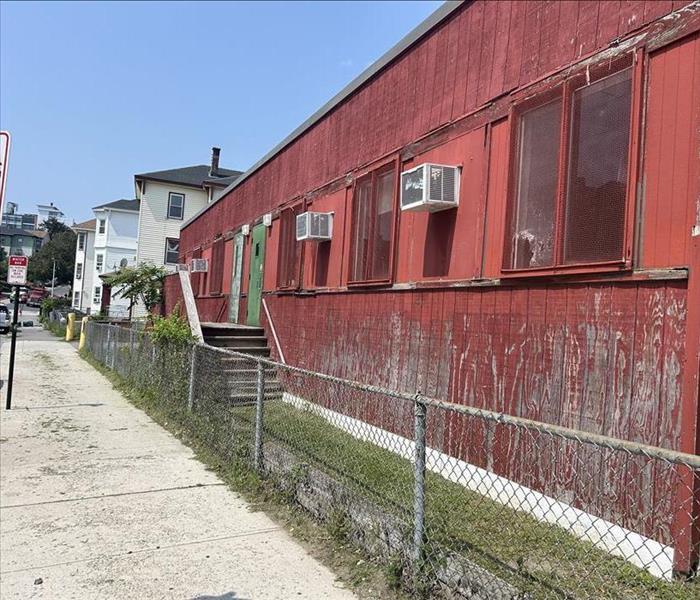The Hidden Dangers of Waterborne Debris After Flooding: What You Need to Know
10/16/2024 (Permalink)
 We explore the types of waterborne debris, the risks they pose, and how you can protect your property after a flood.
We explore the types of waterborne debris, the risks they pose, and how you can protect your property after a flood.
Flooding can leave a devastating impact on communities, not only through immediate water damage but also by introducing dangerous waterborne debris. This debris can pose significant risks to both property and the environment, making it essential to understand the dangers and how to address them effectively. In this blog, we’ll explore the types of waterborne debris, the risks they pose, and how you can protect your property after a flood.
Understanding Waterborne Debris
When floodwaters rise, they often carry with them a variety of debris. This debris can include anything from tree branches and vegetation to man-made objects like furniture, vehicles, and even hazardous materials. The force of the water can transport these items over long distances, causing widespread destruction and making cleanup efforts more challenging.
In fact, according to a study by the Environmental Protection Agency (EPA), waterborne debris can account for up to 85 percent of the total debris generated by a flood event, depending on the severity of the flooding and the region impacted. This staggering statistic underscores the importance of addressing waterborne debris in any post-flood recovery plan!
The Risks Posed by Waterborne Debris
Waterborne debris poses several risks, primarily to structures, infrastructure, and the environment. Understanding these risks can help homeowners and businesses take appropriate actions to mitigate damage.
Structural Damage
One of the most immediate concerns with waterborne debris is the potential for structural damage. Large objects like trees, cars, and construction materials can collide with buildings, bridges, and other infrastructure, leading to severe damage or even collapse. The force of the water can exacerbate the impact, making it difficult to predict or prevent damage.
Blocked Drainage Systems
Waterborne debris can also clog drainage systems, culverts, and stormwater management facilities. When these systems are obstructed, water cannot drain properly, leading to prolonged flooding and increased water damage. This blockage can also result in additional costs and delays during the cleanup and restoration process.
Environmental Impact
Flooding can carry debris into natural waterways, where it can harm aquatic ecosystems. The introduction of foreign materials, particularly hazardous substances like chemicals and oil, can contaminate water sources and harm wildlife. Furthermore, debris can alter the flow of rivers and streams, leading to erosion and changes in the landscape that can take years to recover from.
How to Address Waterborne Debris After a Flood
Effective cleanup and restoration are crucial in mitigating the risks associated with waterborne debris. Here are a few steps to consider:
- Hire Professional Restoration Services: Companies like SERVPRO® specialize in flood cleanup and restoration, including the removal of waterborne debris. They have the expertise and equipment to safely and efficiently handle debris, minimizing further damage to your property.
- Inspect and Clear Drainage Systems: Ensure that all drainage systems are inspected and cleared of debris to prevent further flooding. This may require professional assistance, particularly if the debris includes hazardous materials.
- Plan for Future Flooding: Consider flood-proofing measures for your property, such as elevating structures, installing flood barriers, and creating a debris management plan to reduce the impact of future floods.
Conclusion
Waterborne debris is a significant and often overlooked risk after flooding. From structural damage to environmental harm, the dangers posed by this debris require immediate and professional attention. By understanding the risks and taking proactive steps to address them, you can protect your property and contribute to the broader recovery effort. For expert assistance in flood cleanup and debris removal, SERVPRO is Here to Help®.
Flooding can happen unexpectedly, but with the right knowledge and resources, you can navigate the aftermath safely and effectively.





 24/7 Emergency Service
24/7 Emergency Service